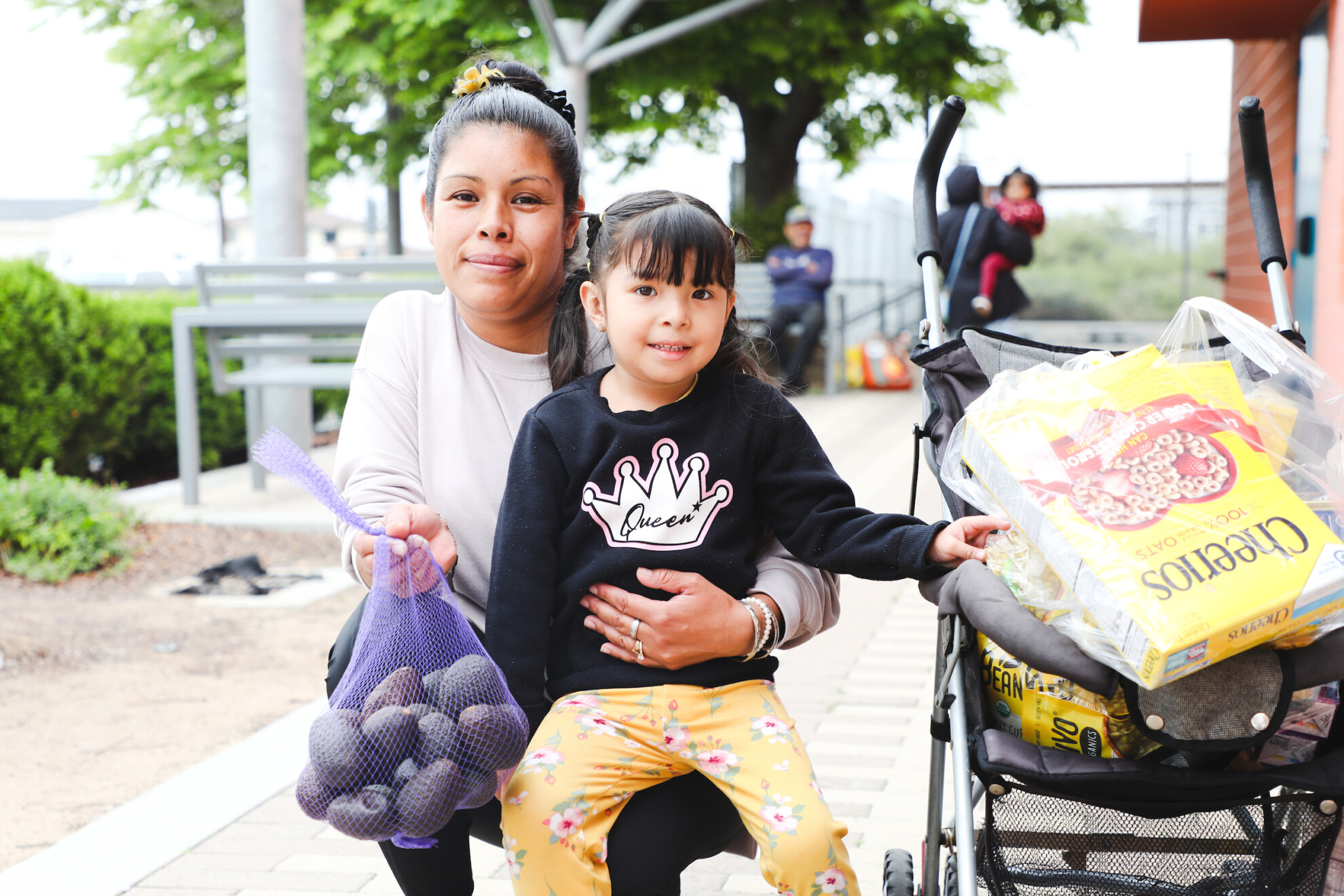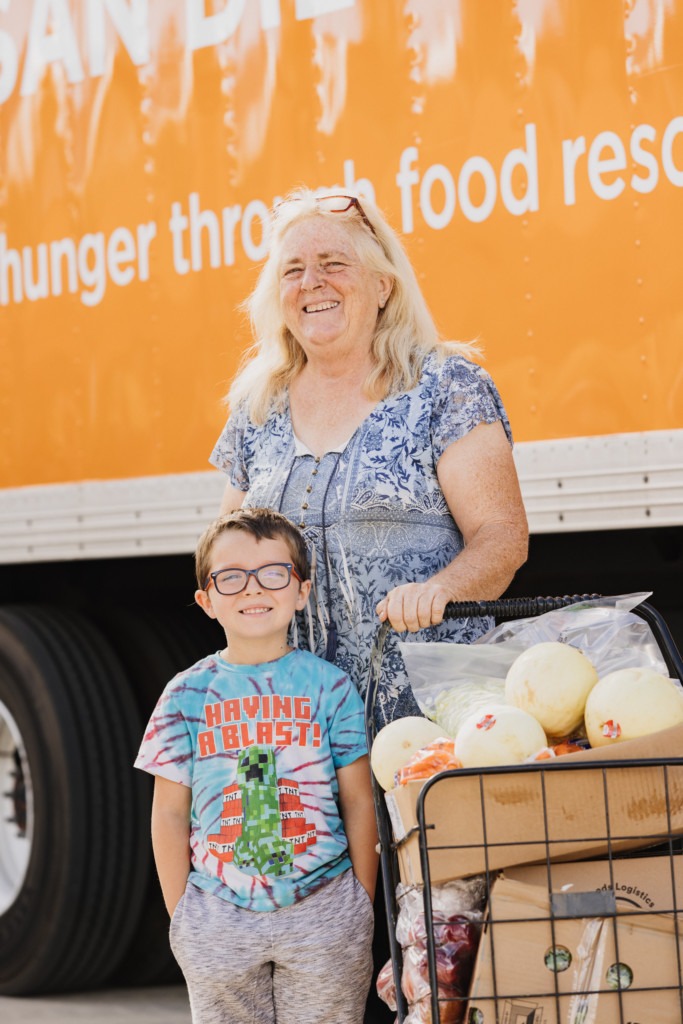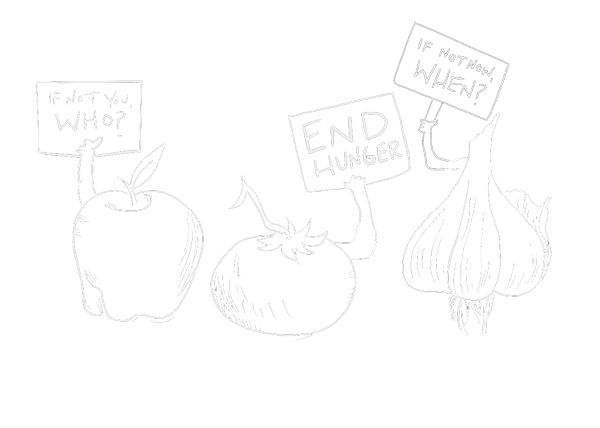Hunger in San Diego
Hunger is a critical issue in San Diego County and the United States. Feeding San Diego uses data collected by Feeding America to understand the levels of hunger in San Diego. Feeding San Diego is a member of the Feeding America network of food banks.
Hunger in San Diego County: Map the Meal Gap 2025
Every year, Feeding America conducts its Map the Meal Gap study to learn more about hunger at the local level. The 2025 data reflects 2023 estimates of food insecurity for the overall population and children.
Based on that data, nearly 400,000 people in San Diego County are food insecure, including over 100,000 children.
Food insecurity is defined by the United States Department of Agriculture as the lack of access, at times, to enough food for an active, healthy life.

The drivers of food insecurity are rooted in racial inequities, resulting in communities of color facing it at higher rates. As of 2023, over 12% of the overall population in San Diego County was considered food insecure. In the Latino community, that number is 20 percent. In the Black community, it jumps to 26 percent.

The State of U.S. Military Food Insecurity
According to the 2023 Military Economic Impact Report, more than 115,000 active-duty service men and women currently call San Diego home. Over 1.2 million San Diegans, 37% of our population, have direct ties to the military. Feeding America released a report about the state of U.S. military food insecurity. Some key findings of the report include the following:
- In 2020, nearly a quarter (24%) of active-duty service members were food insecure.
- Nearly half of the students at Department of Defense schools were eligible for free or reduced-price meals during the 2015-16 school year.
- Despite a relatively high need for food assistance among service members, many cannot access the Supplemental Nutrition Assistance Program (SNAP).
The State of Senior Hunger
In July 2024, Feeding America released Food Insecurity Among Seniors and Older Adults in 2022, reporting on food insecurity estimates for seniors, defined as adults age 60 and older. Findings reveal that 6.9 million seniors (8.7%, or one in 11) were food insecure in 2022.
They also indicated that older adults, age 50-59, had an even higher rate of food insecurity. In 2022, one in eight older adults, an estimated 11.9% of the older adult population, experienced food insecurity.
In San Diego County, the rate of senior food insecurity was about 4.3% in 2021, according to The State of Senior Hunger in America in 2021. However, an estimated 8.1% experienced what’s known as marginal food insecurity. Feeding America considers someone marginally food insecure who experiences anxiety over food sufficiency or shortage of food in the house.


The Gap between SNAP Benefits and Meal Costs
A study by the Urban Institute revealed that in 2023, SNAP benefits, known locally as CalFresh, did not cover the cost of a meal in 99 percent of counties.
The institute compared the maximum SNAP benefit per meal of $2.83 with the average cost of a modestly priced meal in 2023.
In 2023, a modestly priced meal cost $3.64 in San Diego County. That’s 29 percent more than the CalFresh benefit, which means families that rely on these benefits do not receive enough to cover the cost of food.








